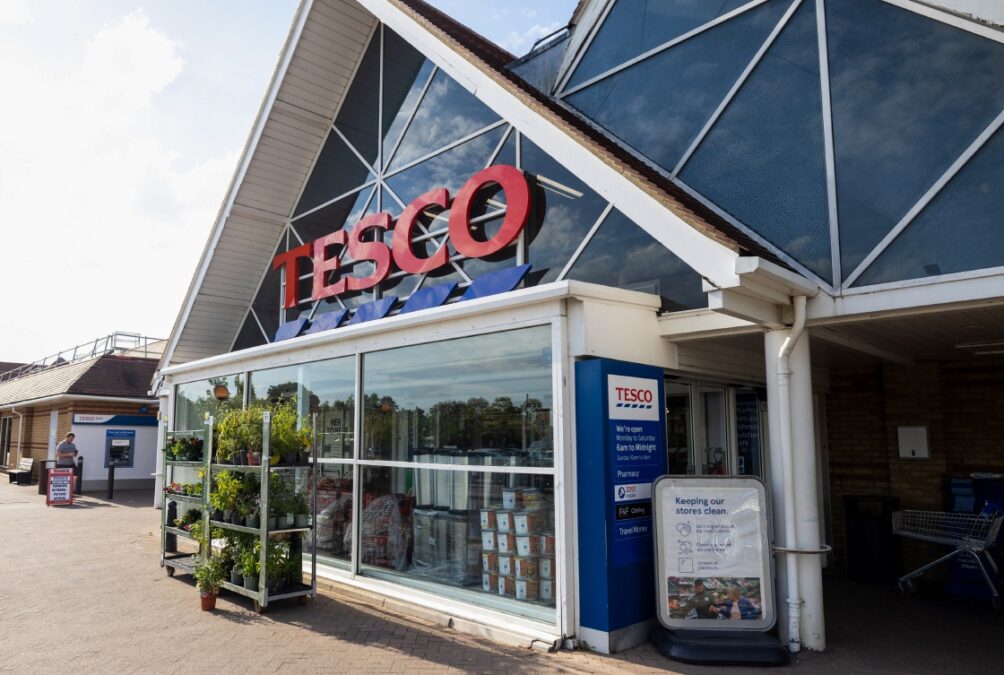In the bustling aisles of a Tesco supermarket, shoppers navigate their carts through neatly stacked shelves, selecting items for their weekly needs. Amidst the hum of activity, an underlying narrative of resilience and strategic foresight has propelled Tesco to a position of financial strength. This narrative is not just about groceries; it’s about a retail giant’s adept navigation through economic challenges, leading to a robust profit forecast that reflects consumer trust and corporate agility.
Explore Tesco profit forecast for 2024, highlighting strategic initiatives, market share gains, and financial resilience driving its projected growth amidst economic challenges.
Tesco’s Financial Performance and Profit Forecast
In October 2024, Tesco, the United Kingdom’s largest supermarket chain, announced an upward revision of its annual profit forecast. The company anticipates a retail adjusted operating profit of approximately £2.9 billion for the 2024/25 fiscal year, an increase from the previous forecast of at least £2.8 billion.
This optimistic outlook is underpinned by a 10% rise in first-half core profit, driven by strategic market share gains and effective cost management.
For the six months ending August 24, 2024, Tesco reported a retail adjusted operating profit of £1.55 billion, surpassing market expectations. This performance was bolstered by a 3.5% increase in UK like-for-like sales during the second quarter, following a 4.6% rise in the first quarter.
The company’s ability to sustain growth amidst a competitive retail environment highlights its strategic insight and operational efficiency.
Strategic Initiatives Driving Growth
Tesco’s robust financial performance can be attributed to several key strategic initiatives:
- Price Matching and Loyalty Programs: The company has implemented a strategy of matching prices with discount retailers like Aldi on nearly 800 items. This approach, coupled with the popularity of its Clubcard loyalty scheme, which offers lower prices to members, has been instrumental in attracting and retaining customers.
- Cost Management and Efficiency: Tesco has focused on cost-saving measures to finance its competitive pricing strategies. The company is on track to achieve £500 million in savings for the year, with £260 million already realized in the first half.
- Product Quality and Innovation: Investments in product quality and innovation have enhanced the customer experience, leading to increased sales volumes. Introducing new products and improving existing ones have resonated well with consumers, contributing to the company’s financial success.
Market Share and Consumer Confidence
Tesco’s strategic initiatives have translated into tangible market share gains. As of September 2024, the company’s market share stood at 27.8%, reflecting a 60 basis point increase year-on-year.
This growth underscores Tesco’s ability to attract a more extensive customer base through its value propositions and quality offerings.
Despite broader economic uncertainties and consumer confidence fluctuations, Tesco has maintained a positive outlook. CEO Ken Murphy noted that while consumers are cautious, they are willing to spend a little more to treat themselves, indicating a level of resilience in consumer behavior.
Analyst Perspectives and Future Outlook
Analysts have responded positively to Tesco’s financial performance and profit forecast. The consensus among 12 analysts offering 12-month price targets for Tesco PLC is a median target of 407.50 GBX, with a high estimate of 445.00 GBX and a low estimate of 365.00 GBX. The median estimate represents a 17.10% increase from the last price of 348.00 GBX.
Financial Markets
Tesco’s strategic focus on value, quality, and customer engagement positions it well for sustained growth. The company’s proactive measures to adapt to market dynamics and consumer preferences are likely to continue positively driving its financial performance.
Conclusion
Tesco’s upward revision of its profit forecast reflects a combination of strategic pricing, cost management, and a deep understanding of consumer behavior. The company’s ability to navigate economic challenges and maintain a strong market position underscores its resilience and adaptability. As Tesco continues to implement its strategic initiatives, it remains well-positioned to achieve its financial objectives and deliver value to its stakeholders.



